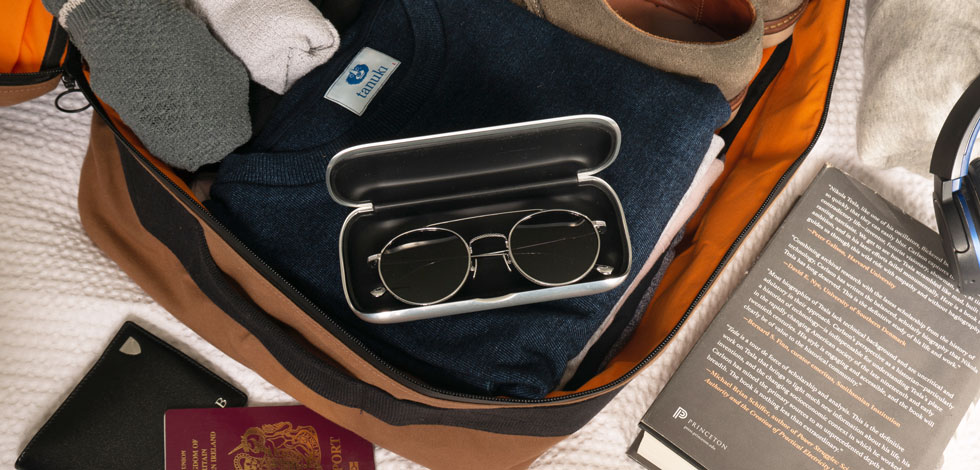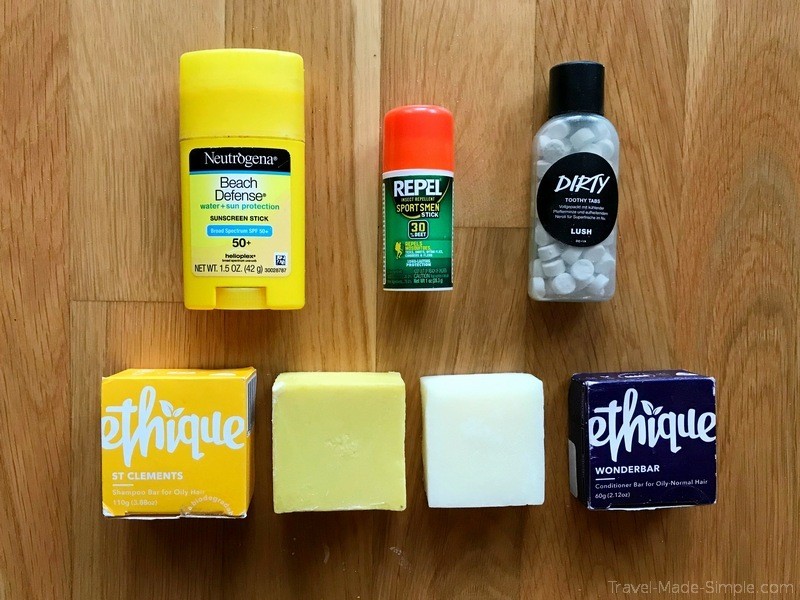
Introduction
In today’s blog post, we will discuss the importance of sunscreen in protecting the skin and the different forms of sunscreen available in the market. Sunscreen is a crucial part of any skincare routine as it helps shield the skin from harmful ultraviolet (UV) rays. By understanding the various forms of sunscreen, individuals can make informed decisions about which type is best suited to their needs and preferences.
The importance of sunscreen in protecting your skin
Sunscreen plays a vital role in safeguarding the skin against the damaging effects of the sun’s rays. Exposure to UV radiation can lead to various skin issues, including premature ageing, sunburn, and an increased risk of skin cancer. By applying sunscreen daily, individuals significantly reduce their chances of these harmful effects. Sunscreen acts as a barrier between the skin and UV rays, absorbing or reflecting the radiation, thus minimizing the damage caused to the skin.
Different forms of sunscreen are available
There are several different forms of sunscreen available in the market, each with its own unique features and benefits. These forms include:
| Lotion | Spray | Gel | Stick |
|---|---|---|---|
| Lotions are popular and easy to apply. They provide broad-spectrum protection and are suitable for all skin types. They tend to have a thicker consistency and may leave a slight white cast. | Sprays offer convenience and are particularly useful for hard-to-reach areas. However, it is important to apply them generously and evenly to ensure adequate protection. | Gels are lightweight and ideal for oily or acne-prone skin as they are less likely to clog pores. They provide a matte finish and are easily absorbed into the skin. | Sticks are compact and great for on-the-go applications. They are particularly useful for targeting specific areas such as the lips, nose, and ears. They offer a mess-free way to apply sunscreen. |
It’s essential to choose a sunscreen formulation that suits your skin type and lifestyle. Additionally, remember to reapply sunscreen every two hours or more frequently if sweating or swimming, to ensure continuous protection throughout the day.

TSA Regulations for Sunscreen in Checked Luggage
Overview of TSA guidelines for liquids in checked baggage
When travelling, it is important to be aware of the Transportation Security Administration (TSA) guidelines regarding liquids in checked luggage. The TSA has specific regulations in place to ensure the safety and security of all passengers. According to these guidelines, liquids, gels, and aerosols in containers larger than 3.4 ounces (100 milliliters) must be placed in checked baggage. This includes sunscreen in its various forms.
Can you pack sunscreen in checked luggage?
Yes, you can pack sunscreen in your checked luggage. However, it is crucial to comply with the TSA regulations mentioned earlier. Sunscreen falls under the category of liquids, and as such, it must be placed in a container that is 3.4 ounces or smaller. If you have a larger container of sunscreen, it is best to transfer a sufficient amount into a smaller travel-sized bottle to meet the TSA requirements. Ensure that the container is securely sealed to prevent any leakage.

Risks of Packing Sunscreen in Checked Luggage
Exposure to extreme temperatures
When sunscreen is packed in checked luggage, there is a risk of exposure to extreme temperatures. Luggage compartments in airplanes can be subject to extreme heat or cold, especially during long flights or when traveling to destinations with varying climates. These temperature fluctuations can potentially affect the effectiveness of the sunscreen and may reduce its ability to protect against harmful UV rays.
Potential damage to sunscreen packaging
Another risk of packing sunscreen in checked luggage is the potential for damage to the packaging. Luggage handling can be rough, and items inside the luggage can shift during transportation, increasing the chances of the sunscreen bottle breaking or leaking. This not only poses a risk of damaging other items in the luggage, but also results in potential wasted products.
It is recommended to pack sunscreen in carry-on luggage whenever possible to minimize these risks. If you must pack sunscreen in checked luggage, consider placing it in a sturdy, leak-proof bag or container to provide an extra layer of protection. Additionally, choosing travel-sized bottles or tubes with secure caps can help reduce the risk of leakage and damage.

Alternatives to Packing Sunscreen in Checked Luggage
Carrying sunscreen in your carry-on luggage
One alternative to packing sunscreen in checked luggage is to carry it in your carry-on bag. By doing so, you can ensure that the sunscreen remains accessible and protected from temperature fluctuations. It also reduces the risk of damage from rough luggage handling. Be sure to comply with airline rules and regulations regarding the size and quantity of liquids allowed in carry-on luggage.
Choosing travel-sized sunscreen options
Another alternative is to opt for travel-sized sunscreen options. These smaller-sized bottles or tubes usually come with secure caps that minimize the risk of leakage and damage. They also take up less space in your luggage, making them more convenient for travel. Just remember to check if the travel-sized sunscreen meets your needs for the duration of your trip and ensure that it provides adequate sun protection.

Benefits of Packing Sunscreen in Checked Luggage
Avoiding liquid restrictions in carry-on luggage
– By packing sunscreen in your checked luggage, you can avoid the hassle of complying with airline rules and regulations regarding the size and quantity of liquids allowed in carry-on bags.
Convenience of not having to carry sunscreen during the flight
– Packing sunscreen in your checked luggage means that you don’t have to worry about carrying it during the flight. This frees up space in your carry-on bag and allows you to travel more comfortably without the additional weight or bulk.
Please note: It is important to always check with your airline to ensure that you are following their specific guidelines and regulations regarding packing sunscreen and other liquids in checked luggage.
:max_bytes(150000):strip_icc()/ins-primary-toiletry-bottles-jjuliao-6284-1-1-4cbc8980e3994b79996ba1e3e6dad4e6.jpeg)
Tips for Packing Sunscreen in Checked Luggage
Choosing a secure and leak-proof container
– When packing sunscreen in your checked luggage, it is important to choose a container that is secure and leak-proof. Look for travel-sized bottles with tight seals to prevent any spills or leaks during the journey. This will ensure that your sunscreen stays intact and doesn’t make a mess in your luggage.
Protecting sunscreen from excessive heat
– Sunscreen can be sensitive to high temperatures, so it is essential to protect it from excessive heat. Avoid placing your checked luggage near heat sources, such as in the trunk of a car or in direct sunlight. Consider using a small insulated bag or wrapping the sunscreen in a towel or clothing to provide an extra layer of protection against heat exposure.

Tips for Packing Sunscreen in Checked Luggage
Choosing a secure and leak-proof container
– When packing sunscreen in checked luggage, it is important to select a container that is both secure and leak-proof. Opt for travel-sized bottles with tight seals to prevent spills and leaks during transit. This ensures that the sunscreen remains intact without creating a mess in the luggage.
Protecting sunscreen from excessive heat
– It is essential to safeguard sunscreen from extreme heat while traveling. Avoid placing the checked luggage near heat sources like the trunk of a car or direct sunlight. Consider using a small insulated bag or wrapping the sunscreen in a towel or clothing to provide an additional layer of protection against heat exposure.
Conclusion
Balancing convenience and sun protection while traveling
– When packing sunscreen in checked luggage, finding the balance between convenience and sun protection is crucial. Opt for travel-sized containers that are secure and leak-proof to avoid any spills or leaks. Additionally, protect the sunscreen from excessive heat by keeping it away from heat sources and using insulation when necessary.
Final considerations for packing sunscreen
– Remember to always check the guidelines and regulations of the airline or transportation authority you are traveling with regarding the packing of liquids, including sunscreen. Also, ensure that the sunscreen you pack has a sufficient SPF level to provide adequate protection against the sun’s harmful rays. Following these considerations will help ensure a worry-free and sun-protected journey.

Frequently Asked Questions
Common queries regarding packing sunscreen in checked luggage
- Can I pack sunscreen in my checked luggage? Yes, you can pack sunscreen in your checked luggage. However, there are a few considerations to keep in mind to ensure its safety and effectiveness.
- What type of container should I use to pack sunscreen in checked luggage? It is important to choose a secure and leak-proof container for packing sunscreen in checked luggage. Opt for travel-sized bottles with tight seals to prevent spills and leaks during transit.
- How can I protect the sunscreen from excessive heat? To protect the sunscreen from excessive heat, avoid placing the checked luggage near heat sources like the trunk of a car or direct sunlight. Consider using a small insulated bag or wrapping the sunscreen in a towel or clothing for an additional layer of protection.
- Are there any regulations or guidelines for packing sunscreen in checked luggage? It is always recommended to check the guidelines and regulations of the airline or transportation authority you are travelling with regarding the packing of liquids, including sunscreen. These regulations may vary, so it is important to be aware of any restrictions or requirements.
- What level of SPF should the sunscreen have? When packing sunscreen, ensure that it has a sufficient Sun Protection Factor (SPF) level to provide adequate protection against the sun’s harmful rays. This will vary based on individual preferences and needs, but it is generally recommended to choose a sunscreen with an SPF of 30 or higher.
Remember to always prioritize safety and follow any guidelines or regulations provided by the airline or transportation authority to ensure a hassle-free and sun-protected journey.